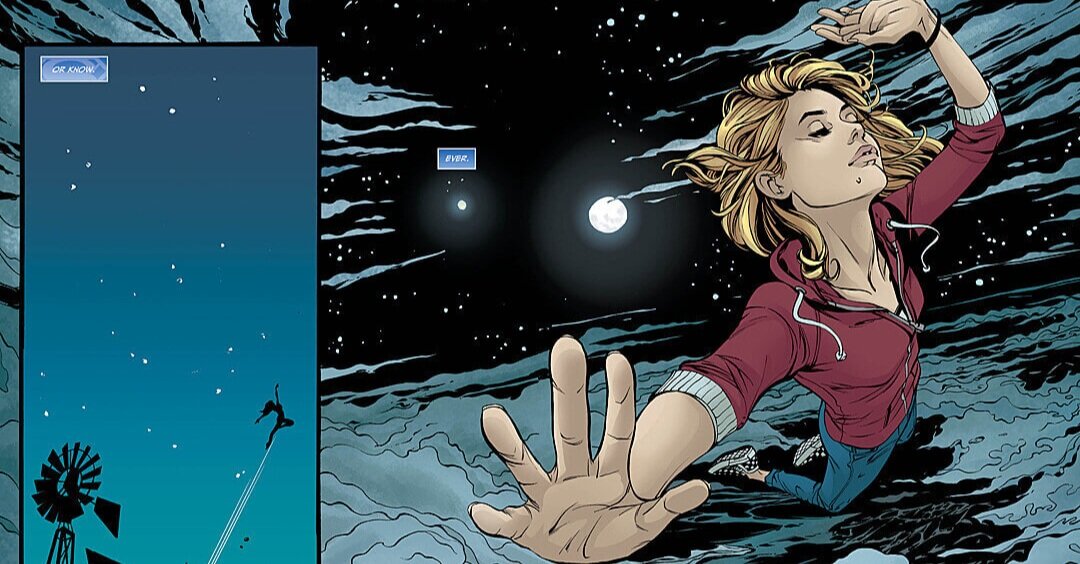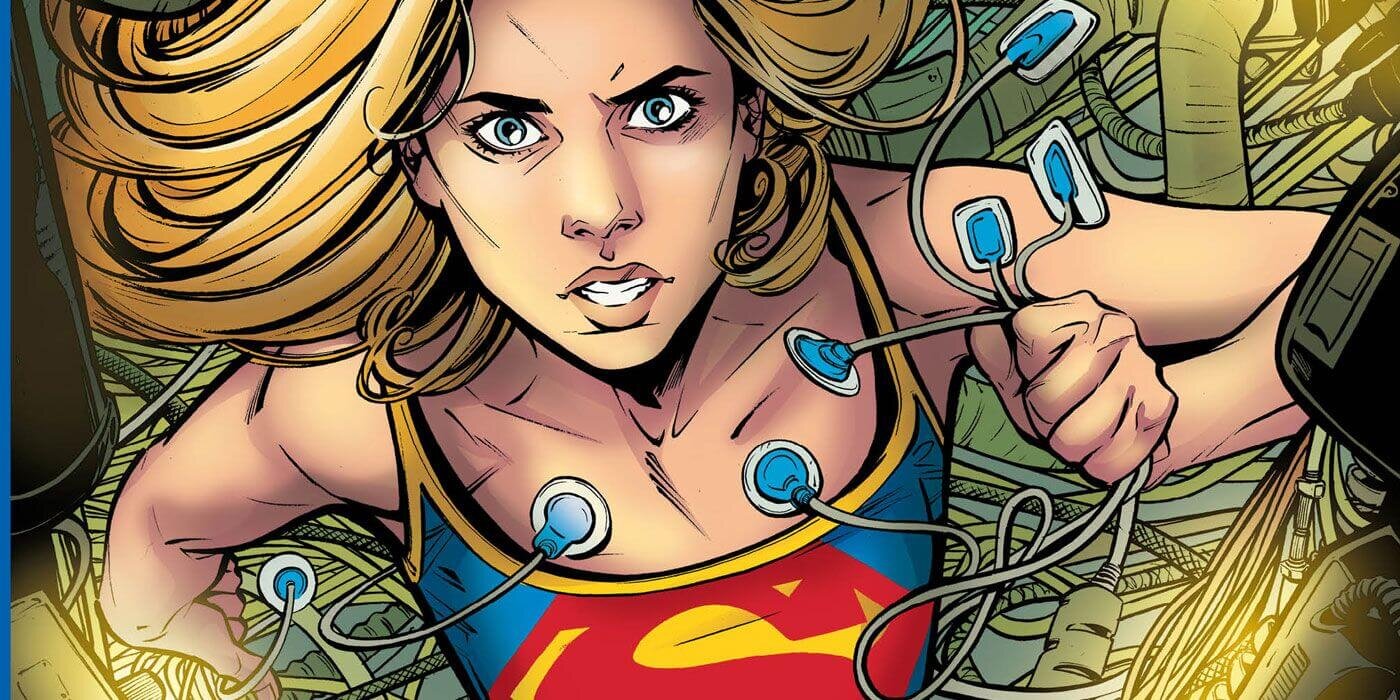SUPERGIRL: BEING SUPER (TPB)
Writer: Mariko Tamaki / Penciller: Joelle Jones / Inker: (Chapter 1 - Sandu Florea / Colour Artist: Kelly Fitzpatrick (Original Series), Jeremy Lawson (New Edition) / Letterer: Saida Temofonte / Collects: Supergirl - Being Super #1-#4 / DC Comics
The Pitch: Kara Danvers isn’t any different than any other teenager in her hometown. Problems with school. Problems with boys. Problems with friends. But while growing pains shake up Kara’s world, a series of earth-shaking events hits her hometown, leaving her with with the choice of blending in with the crowd or being different. Being an outcast. Being super. This reimagining of Supergirl will appeal to fans of all ages and readers new and old, as the Girl of Steel flies face-first into the struggles that every teenager faces.
I'm always interested to see writers and artists from the indie world cross-over from the land of First Second and No Brow to the world of established super-heroes. The mind boggles with questions: what will they bring from their indie works? Will their tastes or interests be diluted by the more commercial demands of the big two? Keeping this in mind, it's worth noting that I missed Being Super upon it's first release. No real reason for it. It's just one of those things you miss because you're buying other books. No matter. DC have recently re-issued this in a new edition and with Supergirl: Woman of Tomorrow on the shelves now, I thought I'd take the time to read it. I wasn't disappointed.
UNDERCUTTING LIGHTER MOMENTS IS A BEATING HEART OF SORORITY AND SOLIDARITY
In terms of things being ported over from indie comics, the first thing you should know is that this a coming of age story about a young woman discovering who she really is, set against a pastoral backdrop. That's not to say that indie comics have an ownership on those types of stories, just that it's something that is fairly rife in that milieu. How you feel about that would entirely depend on your relationship with coming of age stories. I enjoy them personally. As we get older, we understand younger generations less and less and these types of stories at least offer some kind of insight into the next generations view on life. Even if the people creating these comics are no longer teens themselves, the chances are that they're closer in years to the adolescence than a lot of the readers, so their views may have at least some level of emotional accuracy. And of course there are some emotional areas that are universal: being misunderstood, awkward, alone. We've all gone through it. Being Super takes those emotional experiences and puts them in a new context. New, yet entirely familiar to those of us who grew up with Superman in the funny pages or on the screen.
Sure, there's a lot that's similar in the twin tales of Supers man and girl. What you could call easy resonances for the sake of story-telling convenience I feel is a mythological parallel that echoes across the two origins. What is different is the parenting and the adult role-models. Kara Danvers parents are homely, but here her father is driven by a soft paranoia - he doesn't trust the government, institutions or even the traditional common ground most people find in themselves, like, say... Birthdays. As for the other adult influences in Kara's life, well... Let's just say there are characters acting in bad faith throughout the book, shattering Kara's stability each time she thinks she has a firm footing on right and wrong. Kara can fly. But she's often reminded of how she can also fall. Tamaki creates relatable moments of teenage pain and comedy cringe. The zit scene is something I never thought I'd see in a DC comic and suitably gross, for example. Undercutting those lighter moments is a beating heart of sorority and solidarity, tinged with early loss. Tamaki makes the book a radar ping for female strife, some low-key and some unique to Kara. Largely, the book becomes a lesson in when to abandon adult supervision and wisdom and when not to.
JONES’ ART GIVES DRAMATIC EXPRESSION TO SMALL MOMENTS THE READER’S EYE MIGHT HAVE MISSED.
Joelle Jones' fine line is perfect for this. She accentuates the acting perfectly, giving dramatic expression to small moments that the reader's eye might otherwise miss. Perfect thematically – even the small things are huge when you're a teen – this highlights the widening scope of Kara's world. A world that whether she likes it or not is getting larger and with that width allowing dangers specially crafted for beings of Kara's statue to slip through the safety net of Mom, Dad and school. Jones has an exacting style that nails the emotions of Kara and her pals. There's a genuine beauty to way she draws faces and physicality. She creates great, dynamic action scenes when called upon and dials it back to the core interchanges of character when there is no external action to portray and all the real drama is happening inside. Florea inks the first chapter cleanly and though with Jones taking over the inking for chapter two onwards. For the sake of completeness, I have to talk about the work of both colour artists. The original colours were created by Kelly Fitzpatrick, whose style for this book was more pop and in keeping with the look of DC's output in 2016. The current edition is coloured by Jeremy Lawson, who favours a more muted palette for the story. Both styles are excellent and express the story well but it's largely down to a matter of personal taste as to which one you prefer. Temofonte's letters handle the voices of the teens well, with their dialogue given a sardonic, witty tone and the adults, where needed given a weight and often sinister resonance.
Supergirl: Being Super is available at Gosh Comics now or online from Bookshop.org.



